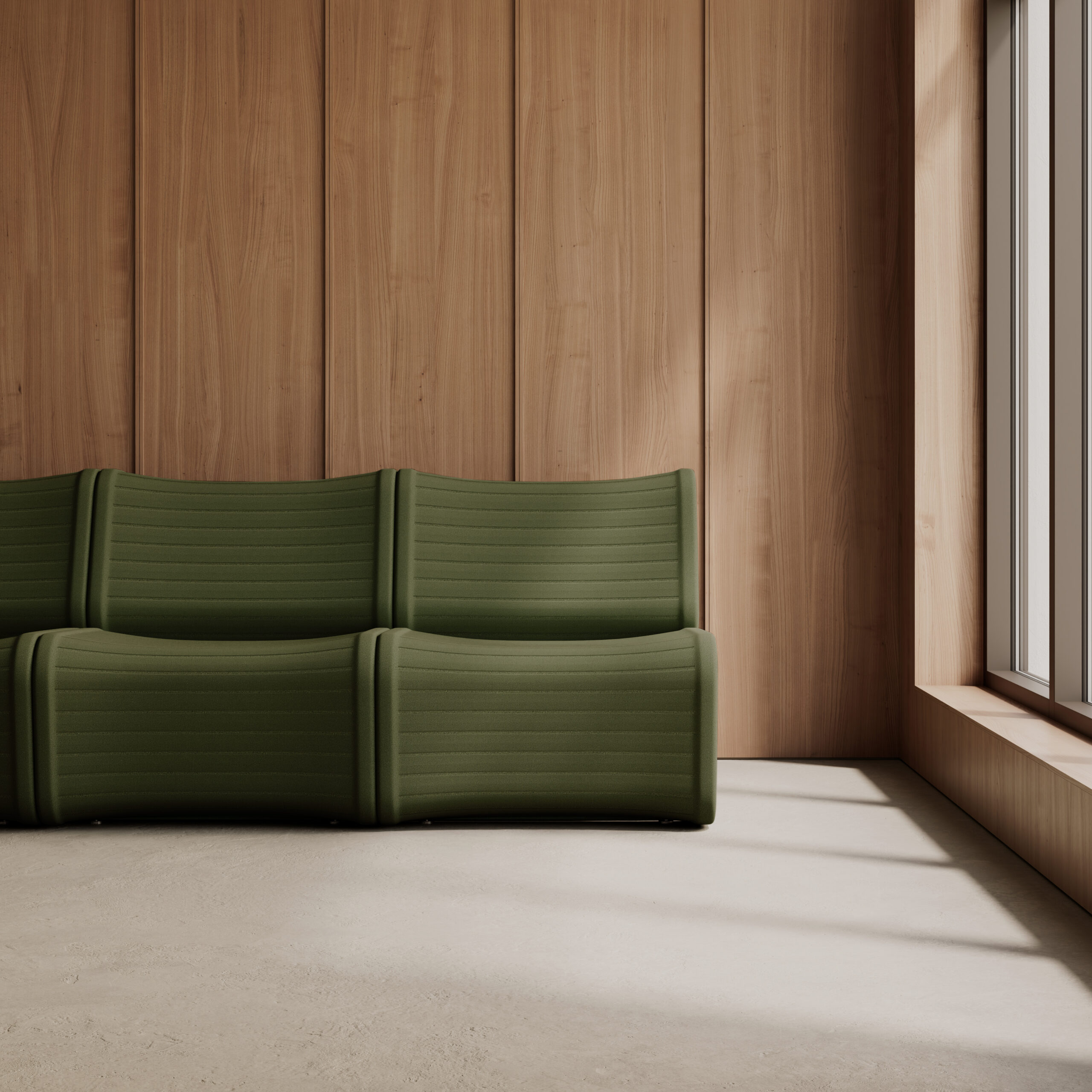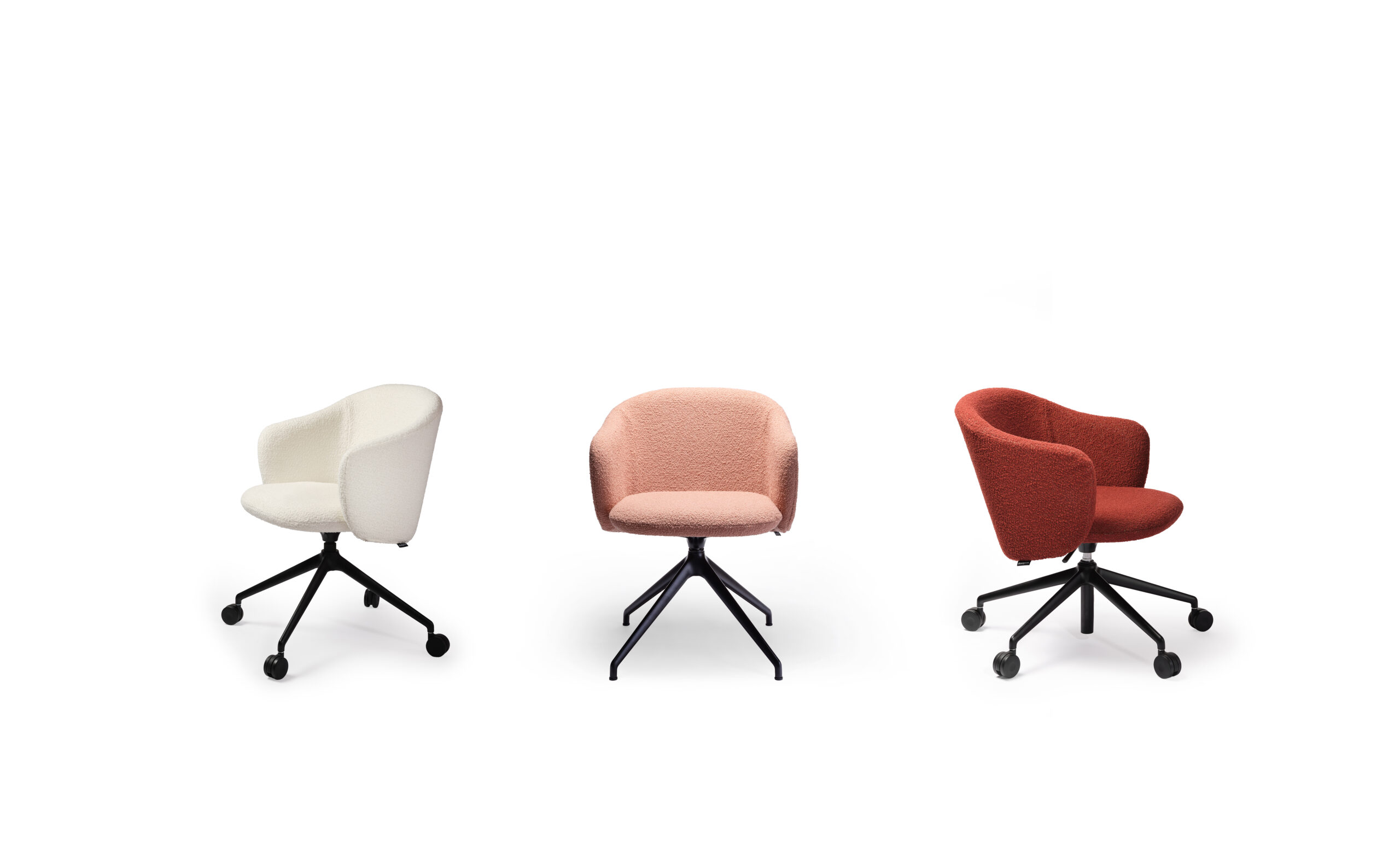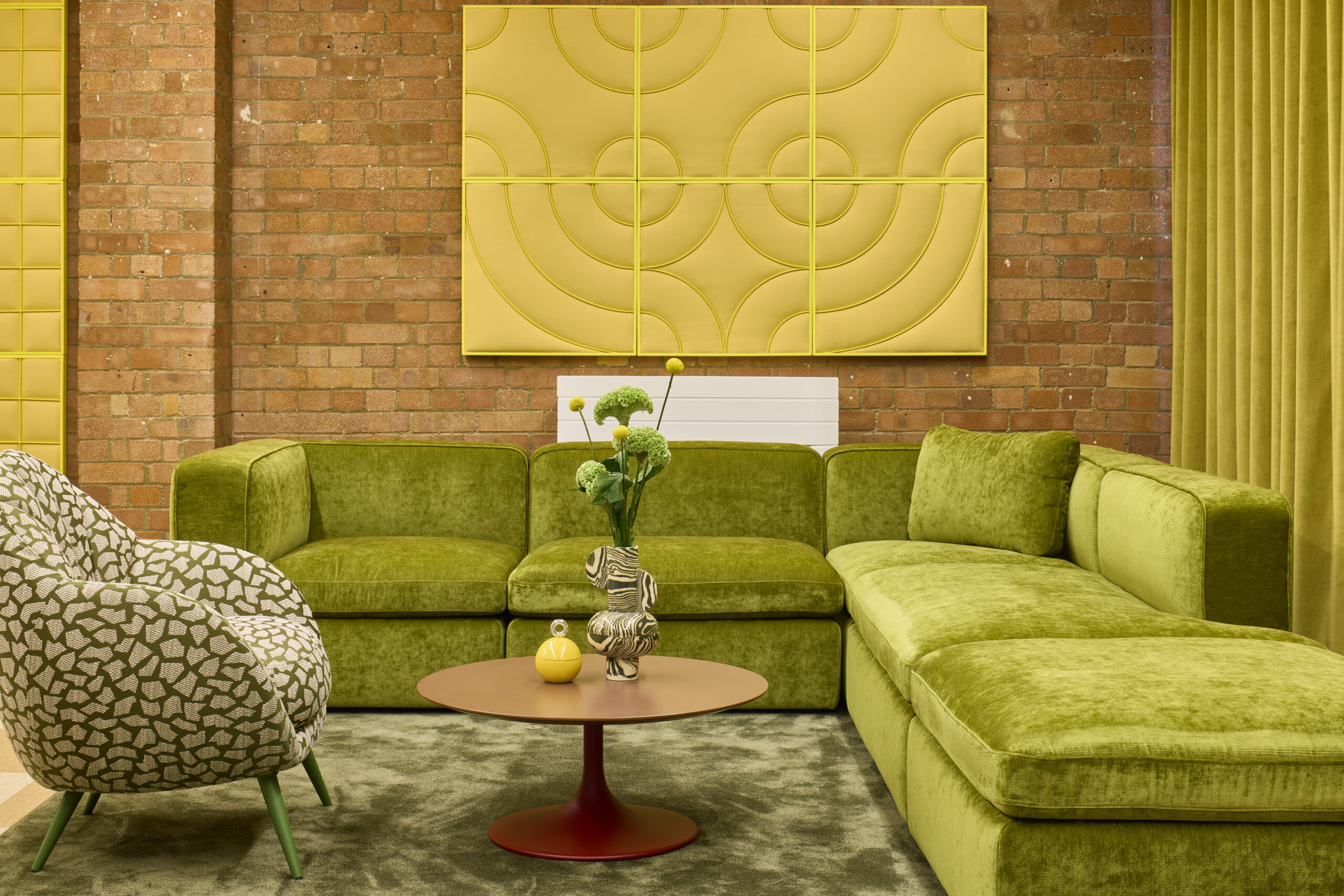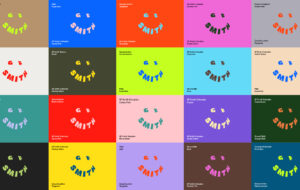 Gold standard: the 80-year old Hertzberger in his Amsterdam studio|Apollo Schools – two school building projects for the Dutch government|Centraal Beheer features multiple communal spaces, and a central street|Some of the 60 cube-shaped towers that make up Centraal Beheer|Breda’s Chassé theatre, with its “draped” aluminium exterior|Utrecht University’s Faculty of Science (2006 -11)|People first: a preliminary sketch for Utrecht’s Faculty of Science|Waste company Waternet’s twin-towered HQ in Amsterdam (2000-2005)|Vredenburg’s Music Palace, where work is ongoing|Delft Montessori School, built in 1996 and revamped in 2007-2009||
Gold standard: the 80-year old Hertzberger in his Amsterdam studio|Apollo Schools – two school building projects for the Dutch government|Centraal Beheer features multiple communal spaces, and a central street|Some of the 60 cube-shaped towers that make up Centraal Beheer|Breda’s Chassé theatre, with its “draped” aluminium exterior|Utrecht University’s Faculty of Science (2006 -11)|People first: a preliminary sketch for Utrecht’s Faculty of Science|Waste company Waternet’s twin-towered HQ in Amsterdam (2000-2005)|Vredenburg’s Music Palace, where work is ongoing|Delft Montessori School, built in 1996 and revamped in 2007-2009||
Herman Hertzberger may be the recipient of this year’s RIBA Royal Gold Medal, but it is his buildings – people-centric, flexible and without a trace of architect-ego – that measure his worth
“I heard you wanted to see the gold medal,” says Herman Hertzberger, pushing a saucer-sized plastic medallion into my hands. The architect is referring to the RIBA Royal Gold Medal he was awarded this year, but even the most credulous would immediately spot that is the sort of knickknack people buy for friends who have staggered through a fun run.
As one might expect from an architect who rewrote the rules of workplace and school design, there is more to the gesture than just larks. Turning it over reveals signatures from the architect’s 40 or so staff – an affectionate, tongue-in-cheek tribute to their principal. The real deal rests in its furry velvet case on the desk in front of us.
Hertzberger smiles. The architect is clearly still buzzing from his 80th birthday celebrations the week before. His office, a converted school in Amsterdam’s gentrified De Pijp quarter, was packed to the rafters with well-wishers. Typically, Hertzberger made a game of analysing how many people per square metre the building could handle before collapsing. He settles back into his chair, and waits for my first question.
“Of course, I was surprised because most of the time all these awards go to sexy architects and I am not a sexy architect,” says Hertzberger.
Indeed, in an age where spectacle became a building’s primary purpose, Hertzberger became an almost forgotten figure. The Dutchman’s humanist tendencies meant his first concern was always for the people who inhabited his buildings, rather than any stupefying wow factor.
Nevertheless, there were many in the industry that felt the award was long overdue (“I only heard that after I won it, not before.”) Like his architecture, the great man is not given to grand gestures and seems a little bashful about the medal – a suspicion that is later confirmed during our photo shoot when he baulks at posing with it and then playfully pretends to throw it at a colleague.
Hertzberger’s work grew from the seeds planted by architectural collective Team 10 in the late 1950s. Formed in reaction to what they saw as the lifeless hand of rationalist architecture, architects Aldo van Eyck, Jacob B Bakema, Alison and Peter Smithson, Shadrach Woods and Giancarlo De Carlo broke away from the International Congress of Modern Architecture (CIAM) in 1959. This was the beginning of the structuralist movement, which attempted to inject a more human element into architecture and urban planning. Buildings and spaces had become too rigid, Team 10 believed, and should be designed as a loose framework, which allowed for interpretation rather than letting function rule.
The new approach struck a chord with Hertzberger, who published the group’s manifesto in avant-garde architectural journal Forum, which he edited.
He soon became a key figure in the second wave of architects inspired by the founding members, and with post-war economies booming, the young architect surfed the wave of optimism, landing significant projects – Delft Montessori School, Centraal Beheer and Music Palace in Vredenburg – early in his career. But that was then. As form became conspicuous once again, Hertzberger’s studio faded from view, eclipsed by new pretenders such as fellow countryman Rem Koolhaas.
After years away from the headlines, Hertzberger’s renaissance is nothing if not timely. The financial crash has forced a rapid reappraisal of the age of excess and the buildings it spawned.
“Most architects are missing empathy, I’m afraid. They make sexy things, beautiful things, but it seems as if there are too many standing outside their buildings looking in rather than standing in the building,” says Hertzberger, who sees the waning European star as a precursor to a new architectural era. “At the moment we are in another culture shock and I am so happy that even being quite old, I can still be a part of it,” he says. “We need to do more with less and get back to the simple, basic things.”
Hertzberger’s energy and enthusiasm are undiminished. In the twilight of his life, where one might be expected to take the foot off the gas and slip into a retirement of guest lectures and golf, the noughties has proved to be a prolific period for his studio, with 20-odd projects on the boil.
“Why shouldn’t you be educated in a glass tower?”
Brutally self-critical (“I only look at the mistakes [in my buildings] for the first few years”), Hertzberger reveals he is still searching for his masterstroke, a career-defining structure that pulls together the knowledge garnered from years of teaching, learning and building.
Glamour projects like museums or libraries – “architectural sweeties” – do not figure on his agenda. The Dutchman is far more concerned with longevity, which he sees as the best way to address conflicting ideologies of consumption and sustainability.
“At this moment there are seven million square metres of office buildings lying abandoned just in Holland. They are not appropriate any more. It is a disaster which hanging like a big cloud,” he says. “My hope is that I could make a building that is truly generic, in the sense that it can be used in different ways. A universal building.”
There is a distinct possibility Hertzberger has gone some way to achieving this generic utopia with his most famous early work, the ground-breaking Centraal Beheer (1968-72).
Commissioned to design a new headquarters by a Dutch insurance company, Hertzberger created an internal village comprising 60 cube-shaped towers joined by bridges, intended to encourage the 1,000-strong staff to work in more intimate teams. Each department was given its own social area for coffee and casual meetings – the vaunted “third space” we hear so much about in contemporary workplace design.
“This was not an artistic performance, this was a scientific approach. I found out their way of working and decided that to make people happier you should create these islands,” says Hertzberger.
Though the product of hours of rigorous study, Centraal Beheer expressed a rugged congeniality in its raw concrete columns and exposed blockwork. The design, with little offices overhanging a “street” below, only enhanced the informality. The office served its masters well helping them work, collaborate and, in some cases, fall in love for 40 years. The company will move out next year and a developer is investigating whether it can be turned into a school – a prospect that delights its original architect.
The natural successor to Beheer was the Apollo Schools scheme, which bears a striking resemblance in both materials and form. Hertzberger transplanted the successful elements of these projects – connecting bridges, staircases, clusters of small space – into other projects, like DWR Waternet HQ (2005) and the Faculty of Science at Utrecht University (2010). Curious about the connection between the worlds of work and education, I ask if we so often end up working in a glass tower, why aren’t we taught in one?
“Well, they are both work, but at this moment you are thinking like a functionalist,” Hertzberger says, and suddenly I feel I should be lying on an analyst’s couch. “Why shouldn’t you be educated in a glass tower or work in a school?” Not that he is suggesting children learn their times tables in the Shard.
Moreover, it is the need to question that is important. What really interests Hertzberger is the contrasting dynamics of concentration and co-operation in educational buildings. “Modern education asks for a completely different type of space – more open and articulated so there are many places where people can do their work, not be distracted or look at a nice girl. At school I always wanted to do what the others were doing because I always thought what I was doing was dull. You are inspired by what others are doing.”
Fittingly, Hertzberger believes his own architectural awakening was sparked by a series of lectures he curated while teaching at Delft in the early 1970s, involving biologists, sociologists and psychologists.
“I learned a lot and maybe that was my formation. I have seen students in universities discussing what shaped top to put on a high-rise building. It is all nonsense, it has no value.” That said, Hertzberger’s deeds show he places great weight on scholastic pursuits. In 1990, he co-founded the Berlage Institute, which is recognised worldwide as an incubator for innovative thinking. He also writes extensively on his own work.
Hertzberger is also quick to acknowledge outside influences on his work, in particular the Japanese Metabolists, but despite this he remains a peculiarly European architect.
Aside from a brief forays in Japan (1998’s YKK Dormitory) the studio has built mainly in the Netherlands. “I prefer one little school in Amsterdam over three cities in China,” he says; it seems a pity, because China, in its frantic quest for glass superstructures, might benefit from a dash of Hertzberger.
While the true beauty of Hertzberger’s buildings is the way they allow people to adapt to them, the Chassé Theatre in Breda (1995) showed a more flamboyant side. Shoehorned between an abandoned 19th-century barracks and a nondescript office block, the tricky site was mirrored by the complexity of the programme. The building needed to house three auditoria, two film theatres plus an array of stage loading bays and backstage areas. To bring all the pieces together, the architect draped undulating aluminium blankets over the whole lot.
Chassé is perhaps the closest thing Hertzberger has come to designing an icon but its form was almost an accident, he says. “We had the model and we were wondering, what can we do with all this junk? Then somebody came up and put a piece of paper over it to keep the dust off overnight. And we looked and said, ‘Lets do that!’ Of course, it needed refining…”
As we wander through the office, Hertzberger points out various models and competition entries, stopping to introduce me to Marijke Teijsse, an architect who has been with him for over 25 years. Throughout the studio, memories, distant and fresh, are captured on the walls in black and white prints. In one, a schoolboy Hertzberger sporting a side-parting sits serious next to a model of a building – a career in architecture beckoning. In another, the architect, now an old man, sits at a piano while a cellist looks on. Architects famously find it hard to relax and Hertzberger finds refuge in chamber music. “I wish I had more time for that,” he says. “I’m not a Buddhist; I don’t see the advantage of switching off.”
Whatever Hertzberger attempts next, his legacy is secure. His influence is apparent in the social areas that have become de rigueur in contemporary office and higher education designs. Most telling is that the monuments formed by the other great movement of the 1960s, Brutalism, are now being torn down, written off as a catastrophic blunder by an unforgiving public.
In stark contrast, Hertzberger’s first project, Delft Montessori School (1966), which he revamped in 2007-9, is still going strong. Indeed, his buildings lend themselves easily to modern extensions, as evidenced by the studio’s ongoing work at the Music Palace, Vredenburg, which was initially completed in 1978.
The Montessori has a special resonance; Hertzberger jokes that the reason he took such care in the design was because he was trying to impress one of the teachers. The lady in question eventually became his wife, and 45 years later Hertzberger remains dedicated to her. He apologises for not taking lunch with me because of her ill health (“I have to be on standby, just in case”).
As we near our conversation’s end, Hertzberger runs through my list of questions. “This was really the one I struggled with,” he says of my by-numbers enquiry into his favourite building. “Maybe what you admire is far away from what you can do yourself. Le Corbusier was my big hero. Not many people have seen his house in Argentina, La Plata [1948’s Curutchet House]. That is absolutely my favourite house. If I could take one with me, that would be it.”
























